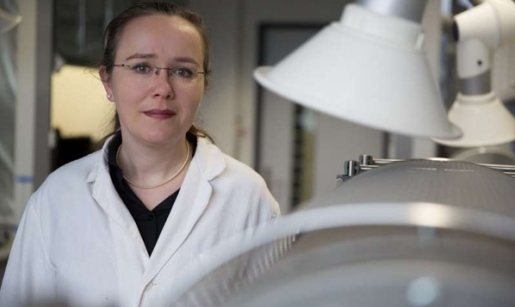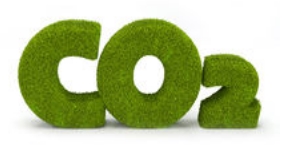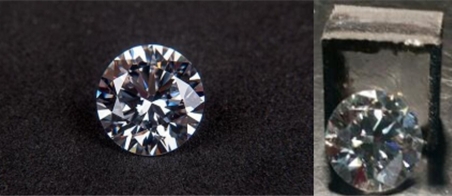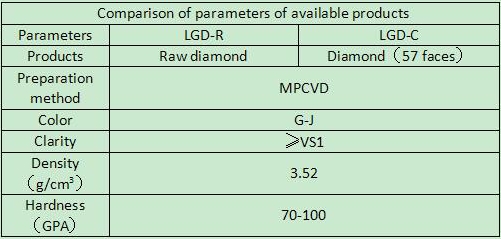Company tel:+86-379-63184520
Contact number:+86-15937921751
Postcode:471000
Email:info@yuxindiamond.com
Address:3-1-508 Luoyang National University Science Park, No. 2 Penglai Road, Jianxi District, Luoyang, China 471000
Fuel from Diamonds? European Researchers are Investigating New Approaches

European researchers are investigating new approaches to decrease the concentration of carbon dioxide in the atmosphere, with a view to exploiting them. If successful, their experimental technology will help fight climate change and provide a more sustainable supply of raw materials for certain industrial branches.
They aim to produce useful chemicals from the carbon dioxide treated in water or in other green solvents with the aid of sunlight. The resulting substances could be used for fuel, or to obtain other industrial compounds such as methanol, formic acid or methane to reduce reliance on petroleum or natural gas.

"That would help use less fossil sources and recycle carbon dioxide, closing the circle," says Anke Krueger from the Institute for Organic Chemistry of Julius-Maximilians University in Wuerzburg, Germany. Key to the process are synthetic diamonds. When the electrons in synthetic diamonds are excited during a chemical reaction, high levels of energy transform CO2 into fine chemicals.
This solution can be seen as a man-made alternative to the photosynthesis of plants, which reintroduces carbon dioxide into the biochemical cycle. Only the photocatalytic system is different.

The ingredients needed in the lab experiment are a solvent medium, synthetic diamond, the active material, and carbon dioxide. Light is used to excite electrons in the diamond, sparking a reaction with carbon dioxide. None of the compounds that go into this reaction are detrimental to the environment, Krueger says, "We don't use dangerous materials for this process, we use water or ionic liquids for the solvent. And diamond material itself is not toxic. The carbon dioxide is a widespread pollutant, so removing that from air is beneficial, rather than problematic.
"If this technology is utilised on a large-scale, greenhouse gas effects can also be reduced. At the moment, we are at the laboratory scale, so carbon dioxide consumption is very low, but the goal is to use as much carbon dioxide as possible to produce something useful out if it," explains Krueger. She emphasized that the scientific team is not targeting other toxic gases in the atmosphere for the time being.
By the end of the project in mid-2019, a demonstrator lab device will be ready to produce C1 building blocks, which are basic substances from CO2, to show that the whole process is running properly and to allow the collection of the stability data. Later, large enterprises could be involved, and a technologically more advanced demonstrator could be used at the industrial scale.

With the improvement of CVD synthesis technology, through the adoption of gas raw material (hydrogen, methane), we get the completely transparent and colorless large size diamond single crystal under less than one air pressure, the temperature of 800-1200 ℃ by epitaxial growth way, its composition, hardness, density, etc. are basically identical with natural diamond, but the price is much lower than that of natural diamond; different from the method of high temperature and high pressure (HTHP), CVD artificial synthetic technique does not need to use the catalyst, and puts an end to forming metal inclusions, cracks, holes, etc. in the production.
Features: after polishing, the clarity is commonly VVS and above level, color chromaticity of D-J.
We can provide raw diamond at carat level.








